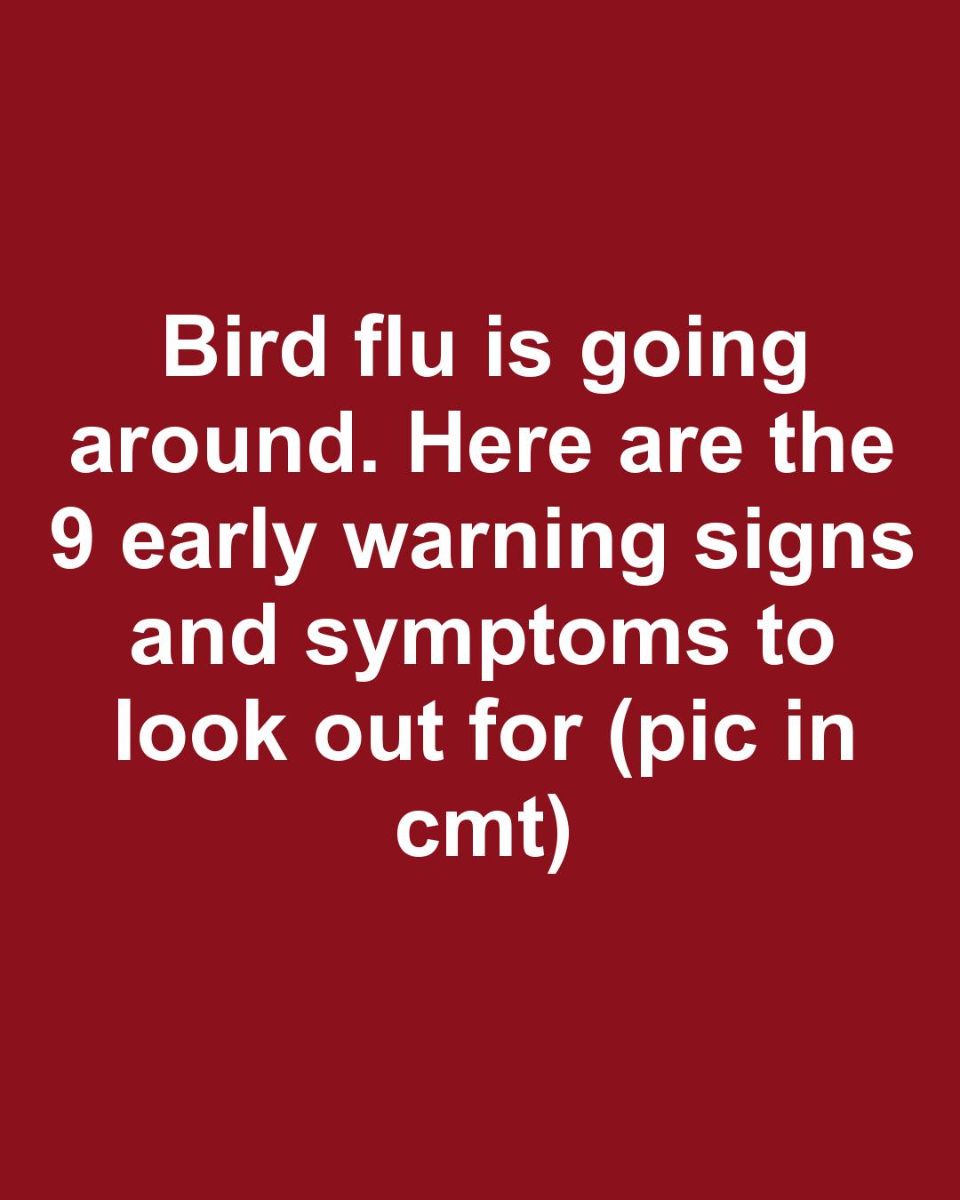
Bird flu, also known as avian influenza, is a viral infection that primarily affects birds but can also infect humans and other animals. The virus is categorized into various strains, with H5N1 and H7N9 being the most notorious for causing severe illness in humans. Bird flu outbreaks have been reported in various parts of the world, often leading to significant economic impacts due to the culling of infected poultry and trade restrictions. Understanding the nature of bird flu and its potential to cause pandemics is crucial for public health preparedness.
Understanding the Transmission of Bird Flu
Bird flu is primarily spread through direct contact with infected birds or their secretions, such as saliva, nasal secretions, and feces. The virus can also be transmitted through contaminated surfaces or objects, such as bird cages or farm equipment. Human-to-human transmission is rare but can occur in close contact settings. Migratory birds play a significant role in spreading the virus across regions, making it challenging to control outbreaks. Proper biosecurity measures in poultry farms and markets are essential to prevent the spread of the virus.
The Importance of Early Detection
Early detection of bird flu is vital to prevent severe complications and limit the spread of the virus. Identifying symptoms early allows for timely medical intervention, which can significantly improve outcomes. Public health authorities can also implement control measures more effectively when cases are detected early, reducing the risk of widespread outbreaks. Awareness of the early warning signs and symptoms is crucial for individuals, especially those working in high-risk environments such as poultry farms or live bird markets.
Common Symptoms of Bird Flu
Bird flu symptoms in humans can range from mild to severe and often resemble those of seasonal influenza. The incubation period typically ranges from two to eight days. Common symptoms include fever, cough, sore throat, and muscle aches. However, bird flu can also cause more severe respiratory issues, gastrointestinal symptoms, and even neurological complications. Recognizing these symptoms early can aid in prompt diagnosis and treatment.
Recognizing Respiratory Symptoms
Respiratory symptoms are among the most common manifestations of bird flu. They may include a persistent cough, difficulty breathing, and chest pain. In severe cases, the infection can lead to pneumonia or acute respiratory distress syndrome (ARDS), which requires immediate medical attention. Individuals experiencing these symptoms, particularly if they have been in contact with birds or visited affected areas, should seek medical evaluation promptly.
Identifying Gastrointestinal Symptoms
Gastrointestinal symptoms, though less common, can occur in bird flu cases. These may include nausea, vomiting, diarrhea, and abdominal pain. Such symptoms can lead to dehydration and further complications if not addressed. It’s important to consider gastrointestinal symptoms in the context of other flu-like symptoms, especially in individuals with potential exposure to the virus.
Noticing Neurological Symptoms
In some cases, bird flu can affect the nervous system, leading to neurological symptoms. These may include confusion, seizures, or changes in mental status. While these symptoms are less common, they can indicate a severe progression of the disease and require immediate medical intervention. Neurological symptoms in the context of bird flu should not be ignored, as they can lead to long-term complications.
Monitoring for Fever and Fatigue
Fever is a hallmark symptom of bird flu, often accompanied by fatigue and malaise. A sudden onset of high fever, particularly in individuals with recent exposure to birds or affected areas, should raise suspicion for bird flu. Fatigue can be debilitating and may persist even after other symptoms have resolved. Monitoring body temperature and energy levels can help in early detection and management of the disease.
Spotting Muscle Aches and Joint Pain
Muscle aches and joint pain are common symptoms of bird flu, similar to those experienced with other types of influenza. These symptoms can range from mild discomfort to severe pain, affecting daily activities. Recognizing these symptoms in conjunction with other flu-like signs can aid in distinguishing bird flu from other respiratory infections.
Understanding the Risk Factors
Certain factors can increase the risk of contracting bird flu. These include direct contact with infected birds, visiting live bird markets, and working in poultry farms. Individuals with weakened immune systems, pregnant women, and young children are also at higher risk of severe illness. Understanding these risk factors can help individuals take appropriate precautions to protect themselves from infection.
When to Seek Medical Attention
Prompt medical attention is crucial for individuals exhibiting symptoms of bird flu, especially if they have known exposure to the virus. Early intervention can prevent complications and improve recovery outcomes. Individuals should seek medical care if they experience severe respiratory symptoms, high fever, or neurological changes. Healthcare providers can conduct tests to confirm the diagnosis and initiate appropriate treatment.
Preventative Measures and Safety Tips
Preventing bird flu involves a combination of personal hygiene practices and biosecurity measures. Individuals should avoid contact with sick birds, wash hands frequently, and use protective equipment when handling birds. Vaccination of poultry and monitoring of bird populations can help control the spread of the virus. Public health campaigns can also raise awareness and educate communities about preventive measures.
Conclusion and Final Thoughts
Bird flu remains a significant public health concern due to its potential to cause severe illness and widespread outbreaks. Awareness of the early warning signs and symptoms is crucial for timely detection and intervention. By understanding the transmission, risk factors, and preventive measures, individuals and communities can better protect themselves from this infectious disease. Continued vigilance and preparedness are essential to mitigate the impact of bird flu on global health.